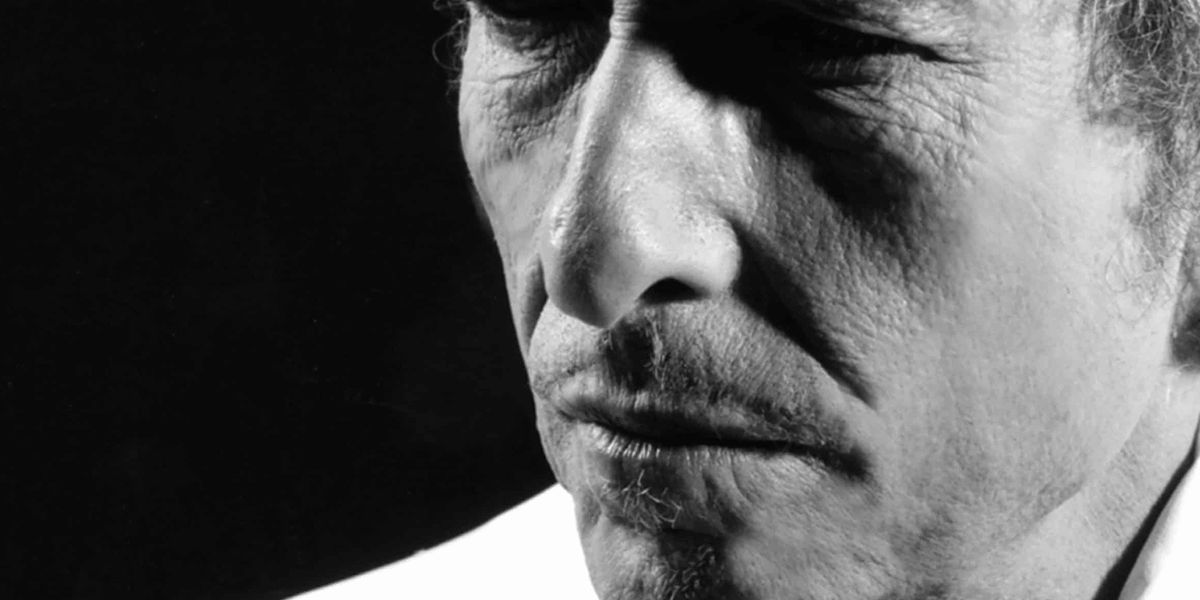Bob Dylan didn't say anything for a while. Sure, he gave a Nobel speech. And he put out three albums (including a triple-album set) of pop standards as if his whole career had made a simple arc from Woody Guthrie to Frank Sinatra. But since 2012's Tempest, we've had little new from one of the foremost songwriters of the last 60 years. He must have been saving it up. After surprise track releases this spring, Dylan unveiled Rough and Rowdy Ways, a record with a decade's worth of words assembled like a strange jigsaw puzzle. It's a bleak record, with the music often hushed and distanced, but its hidden wit and surprising formal care make it another remarkable entry in Dylan's voluminous discography.
Many of the songs, particularly the opening "I Contain Multitudes" and the 17-minute closing "Murder Most Foul", sound like free association, but each song – and the album as a whole – works around tight thinking. Dylan gets the benefit of the doubt here; where an unknown writer might look confused, our sage poet often looks cryptic. But his prophetic posturing aside, Dylan speaks often clearly on this album. Scholars are going to quibble over which version of "Try a Little Tenderness" he references, but they'll agree he's talking about a song.
He still plays games, though. James Joyce claimed to have written Finnegan's Wake like he did in order "to keep the critics busy for 300 years". Dylan doesn't do that; he wants us to understand his references, even as he draws on Shakespeare, Homer, the apostles, and Leon Russell (who, like Dylan, had better taste in hats than the rest of them). The success of "Murder Most Foul", with its blend of mid-century culture and the Kennedy assassination, depends on our understanding at least the musical allusions. But puzzles remain. The Genius annotations alone will be debated and amended. And many of Dylan's lines will be overthought. Sometimes a cigar is just a cigar. Sometimes a Rubicon is a just a river. Or is it?
The literary challenges roll up into a performance that draws from multiple voices in Dylan's career. The jazz/pop phrasings come through, but so the blues influences (Jimmy Reed even gets a tribute here). The wordplay could come from the Beats, or it could come from modern spoken word. Rough and Rowdy Ways has little, if any, rock 'n' roll, but the sneer remains. Leonard Cohen and Tom Waits might vaguely peek in a little. Dylan has long lost interest in conforming to expectations, so it's no surprise that on a new record, he either satisfies all of them or none of them. He sounds like Dylan, whatever that is.
With that approach, and with mostly heavy lyrics, the album could easily suffer under its bigness. After eight years, a legend comes back with a prophetic album full of heavy words designed to tease the critics while satisfying the masses. Dylan is wise to open the album with "I Contain Multitudes". The track moves on a slow breeze, but Dylan clearly sings it with a wink. Had he opened with "Mother of Muses", the whole album would have struggled through a pretentious paradigm. As it is, when that track shows up in the album's second half, it sounds like a sleepy call to arms. Dylan might sound at ease, but he still has plenty to say, and he wants to cover a big scope. There's nothing topical about the album, no matter how well it suits the time, but its sweep requires an epic muse and a gift to drill everything done to moments we can feel.
Fortunately, comedy balances the record's potential portent. Dylan buries little treasures throughout the record, but "My Own Version of You" highlights his wit. Referencing, of course, Frankenstein, the song covers some heavy thoughts with sharp couplets. "I'll take the Scarface Pacino and The Godfather Brando / Mix it up in a tank and get a robot commando," Dylan sings over a spooky backing. When he later asks, "What would Julius Caesar do?" he foreshadows his own upcoming "Crossing the Rubicon". The songs refer to each other, but they also refer to Dylan's previous songwriting. Although, to be fair, if you stack up enough words over six decades, some of them will look alike.
